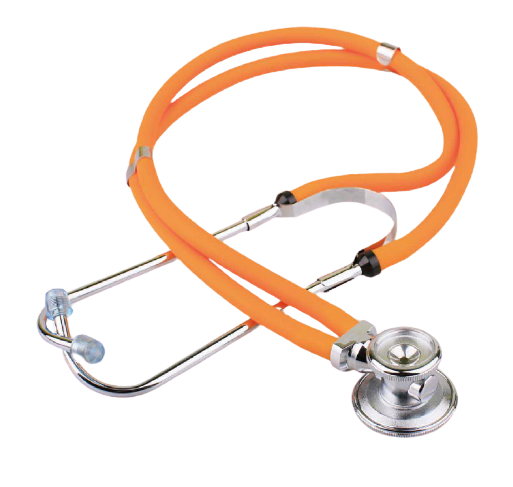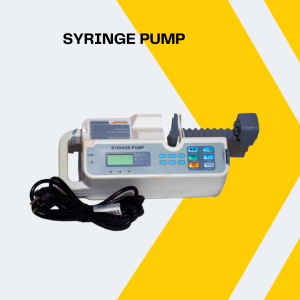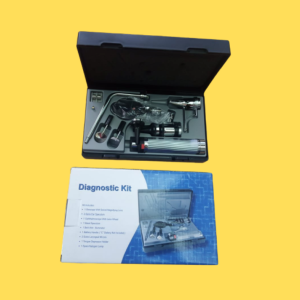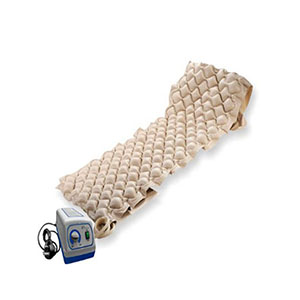Dual Head Stethoscope
How a stethoscope works
A stethoscope simply amplifies internal sounds from a human being.
the disc and the table of the stethoscope amplify small sound such as the sound of a patient’s lungs, heart and other sounds inside the body.
KSh 1,500.00 KSh 2,000.00
Double Tube Stethoscope
It is a medical device which is used
to amplify internal sounds.

Related products
-
Uncategorized, Christmas Offer, MEDICAL EQUIPMENT, OPERATING THEATRE EQUIPMENT
SYRINGE PUMP
0 out of 5(0)Syringe Pump,
It is used to for accurate and continuous injection of drugs to patient in wards, operation rooms and observation rooms,
What does it entail: Battery indicator light, AC power indicator light, CD screen, Red alarm light, Operation indicator light, Set key, Power key, Eliminate alarms key, Start Key, Adjusting knob, Clutch button, Hold lever, Bolus key, Clear key.
How it works:
A syringe pump is a small, positive-displacement pump used to gradually transfer precise volumes of fluid. … When the stepper motor turns in the opposite direction, the pusher block moves such that the syringe plunger is pulled, thus drawing fluid into the syringe.OperationConnect to AC interface to power the machine, press the start up key button, the user can operate by using operation panel and adjusting the knob.the syringe is installed by holding the lever of the syringe pump up to it’s top and then turn it, press the clutch button to pull it’s piston to the suitable place and put the syringe with liquid. pull the hold lever of the syringe pump up to it’s top and turn it clockwise by 90° and make it press the syringe, the indicator light will turn on select the injection mode. When the syringe is empty the alarm will automatically go on the user will shut down by pressing the power button.SKU: n/a -
MEDICAL EQUIPMENT
E.N.T Diagnostic Set
0 out of 5(0)A diagnostic set consist of an ophthalmoscope for examining the eye, an otoscope for examining the tympanic membrane and external ear canal and a battery handle to power these instrument
a complete ENT examination includes: inspection of the face, ears, nose, throat and neck
SKU: n/a -
Christmas Offer, Home Care Equipment, MEDICAL EQUIPMENT
Ripple Mattress/Air Mattress
0 out of 5(0)A ripple mattress is a special mattress type of mattress that works by inflating air in the cells and alternating the air to each and every cell in the mattress.
The bed-type medical air cushion is composed with two parts: main frame and air cushion. The air cushion has two separate ballonet. Under the control of the main frame every ballonet can touch a different part of the body every six minutes. the fluctuation ballonet can expedite blood circulating to avoid the appearance of the bedsore on the patients who stay in bed for long. so that to cure the bedsore quickly or prevent the sore all together.
Bedsores properly known as pressure ulcers are caused by many factors such as unrelieved pressure, friction, humidity, temperature and medication.
bedsores are fatal however we can prevent it from happening by using a ripple mattress.
SKU: n/a





